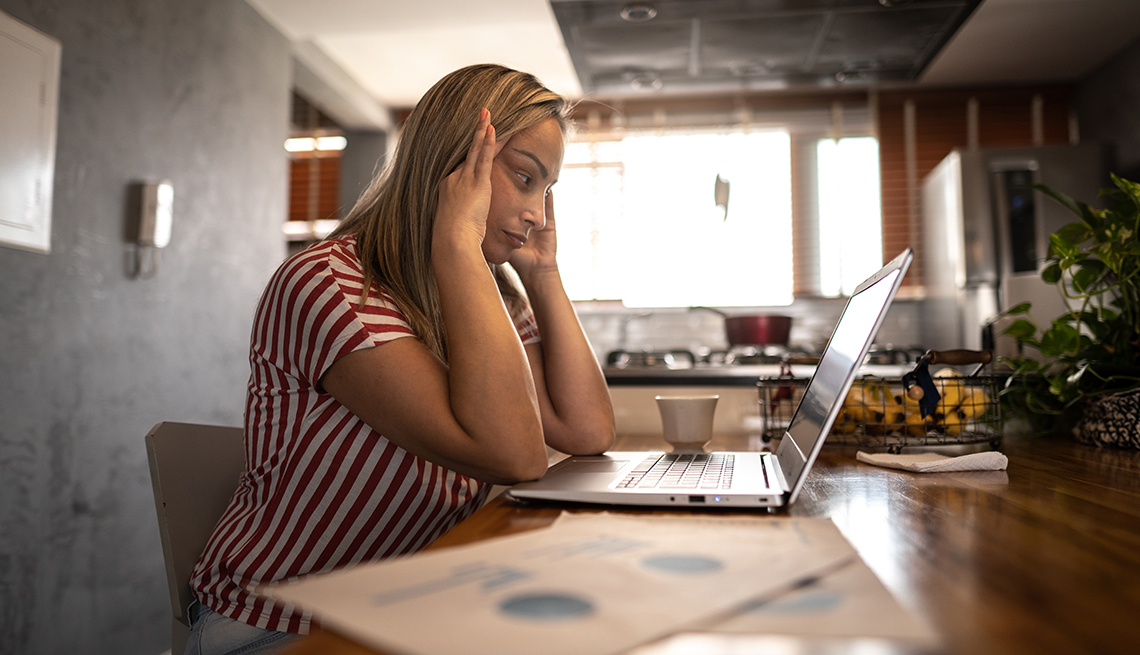AARP Hearing Center
Working from home might have seemed exciting and novel a year ago. But 14 months after COVID-19 upended our work and home lives, the thrill is gone. Now many of us are facing a twin pandemic: burnout.
Take Brett Sonnenschein, 54, a graphic designer for a large nonprofit in New York City. At first, he did well working from home. “It was kind of like an adventure, and our family is very close,” he says about his wife and two children who attend high school remotely. But as the ordeal has gone on, his tune has changed.
"Technically, everything has worked great, but I'm physically exhausted at the end of the workday,” he says. “There's a massive decline in my mental ability as the day goes on, and it's hard to do any real work after 3 or 4 p.m.
"Since the beginning of the year, I've been more and more exhausted, and the work-home line has gotten increasingly blurred,” he adds. “I used to never think about work at home, and now I can't stop thinking about it.”
Sonnenschein has company, according to Margaret Wehrenberg, a clinical psychologist in St. Charles, Missouri, and the author of Pandemic Anxiety: Fear, Stress, and Loss in Traumatic Times. “I don't think that anybody could have known how utterly draining and exhausting it is to be stressed and distressed for this long,” she says.
No ordinary burnout
The chronic, unpredictable stress of the past year has created an altogether different kind of burnout, Wehrenberg says. “This time last year, there was the feeling that we're all in this together, we're going to stick it out, and people were watching funny YouTube videos to cheer themselves up,” she says. “Then everybody ran out of steam, and the goal posts kept getting pushed farther away, again and again. With no end in sight, we've all become really depleted of mental energy.”




































































